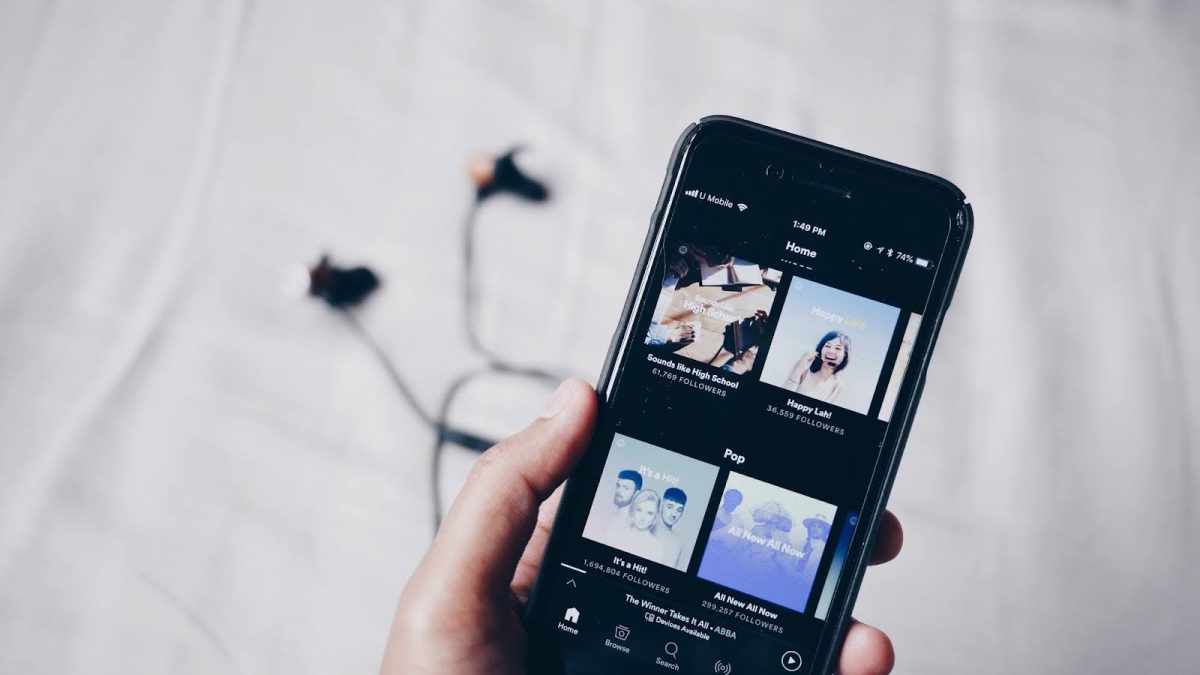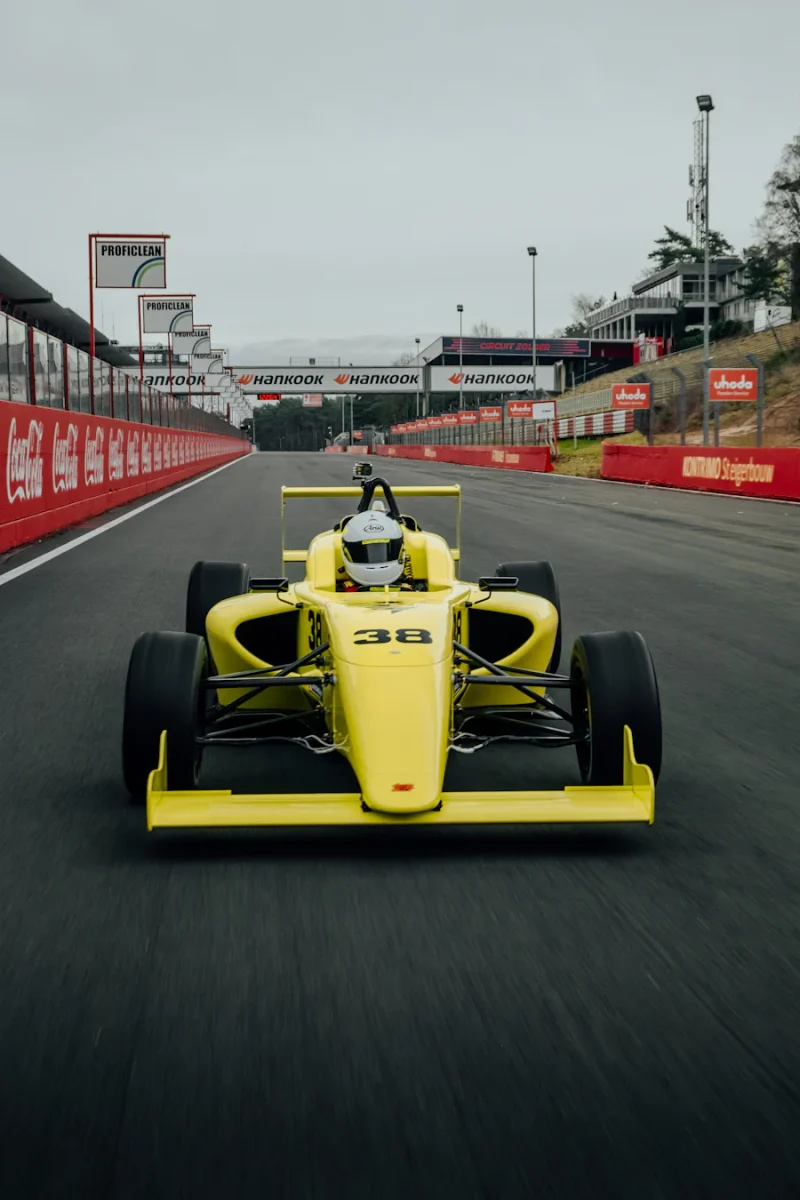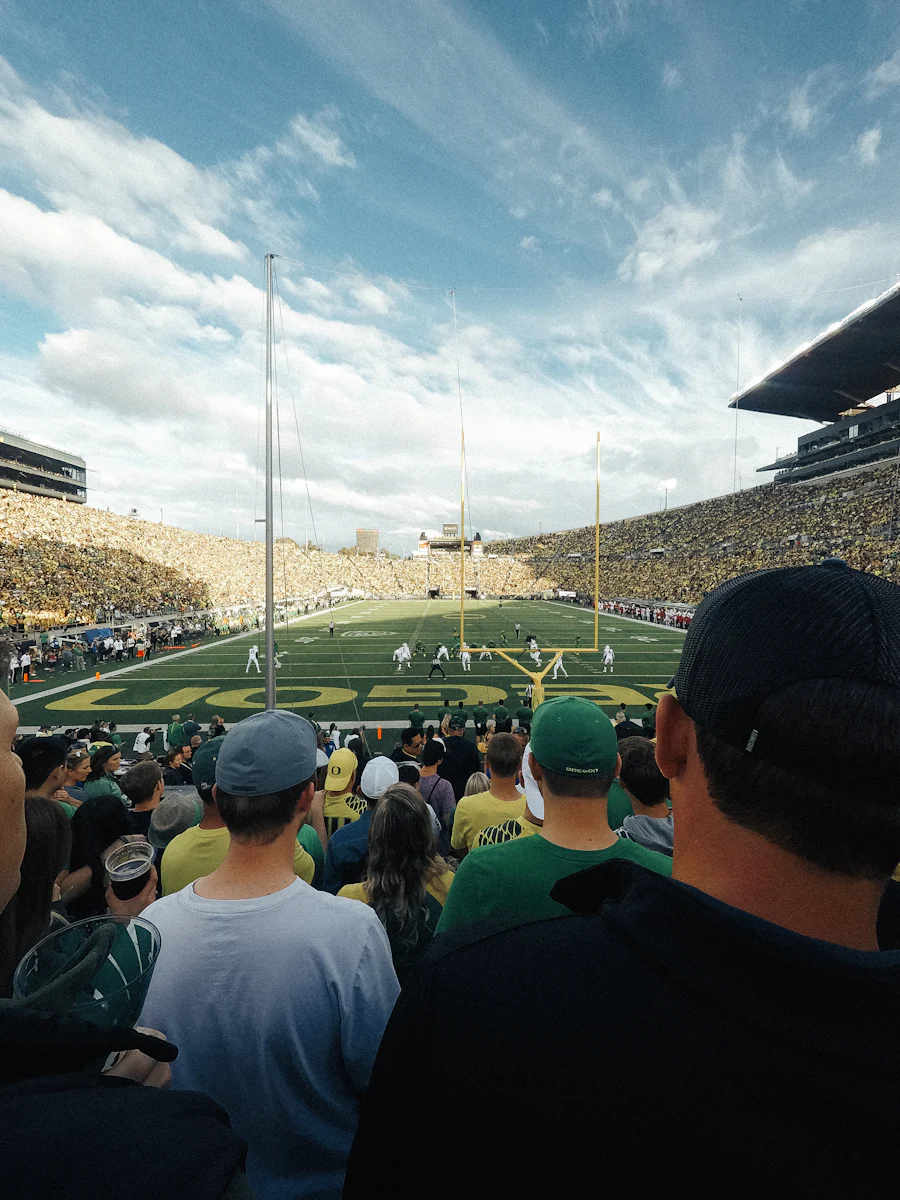Music is an art form that’s universally beloved and connects people all across the world. It is important in numerous cultures and offers a form of self expression and has been around forever and continues to evolve.
Thanks to streaming services, music has become more accessible than ever. People can listen to thousands of songs and different artists without having to buy a digital or physical copy of albums and songs. Spotify is currently the most popular music streaming service in the world. In 2023, more than 574 million people used the service.
However, the streaming service can also be harmful and demotivating to the artists themselves with its payment methods. Spotify has been under fire for paying artists low amounts of money. Spotify does not directly pay artists per stream, rather utilizing a stream share basis to distribute royalties that are collected from ads and Spotify Premium subscription fees instead. This means Spotify pays the rights holders–often the record labels or distributors–who then divide the money into recording and publishing royalties and pay the artists depending on the contracts they have. This method has caused artists to make from as little as $0.0033 to $0.0054 per stream, meaning that in order to make the salary of a full time worker making $15 per hour, an artist would need over 800,000 monthly streams.
Spotify’s low pay can be discouraging to smaller artists, as the costs and work put into producing music can easily be more than the reward. DistroKid is a digital music distribution service that allows independent artists to distribute their music to streaming services like Spotify with a $20 annual fee. Although distributors like DistroKid return all earnings to the artists, with Spotify’s current method of payment and average pay per stream, it can be difficult for small artists to even cover the costs of distributing their music. Along with having to pay for the costs of developing and distributing their music, artists already put hours into creating and crafting their music. However, when the revenue generated from major streaming services like Spotify is not covering the costs to even produce music, smaller artists may become demotivated too much to continue creating music as it may become an unfeasible career.
Although Spotify’s payment of artists mainly affects smaller artists, larger artists have called for action as well. All the way back in 2014, Taylor Swift removed all of her music from the service aside from one song in hopes of supporting smaller artists. Swift believed Spotify did not fairly compensate artists for their work, arguing that artists and their labels should decide their price point in an op-ed with the Wall Street Journal. Swift did not put her music onto the streaming service until three years later in 2017. Similarly, other artists, including musicians like JayZ and Thom Yorke, have removed their music from the service in the past, only to add it back later. Although Swift called for change in 2014, Spotify’s pay of artists continues to be low, having decreased over the years. In 2014, the average pay rate was $0.00521 and dropped to $0.00397 in 2017.
Despite being under scrutiny for their pay for so long, Spotify remains to be the most popular global streaming service. In 2023, Spotify made $13.64 billion in revenue, a 12% increase from the previous fiscal year.
With streaming services seeming to be the future for music, a service as large and influential as Spotify paying artists such a low amount could have detrimental effects on the music industry. Low pay per stream has become the norm with other streaming services such as Apple Music paying roughly $0.008 per stream and the highest paying streaming service, Tidal, paying just over a cent ($0.013) per stream. Low pay per stream will greatly affect small and independent artists, making it difficult for them to start their careers.
The industry needs to change if they want newer artists to thrive, by providing enough pay per stream so that they can afford to produce what they love. Streaming services need to find the balance between making music accessible and providing artists with proper compensation for their work. In this day and age of streaming, it’s more important than ever to support artists and call for change in the streaming service industry so that the art of music does not lose its value.







